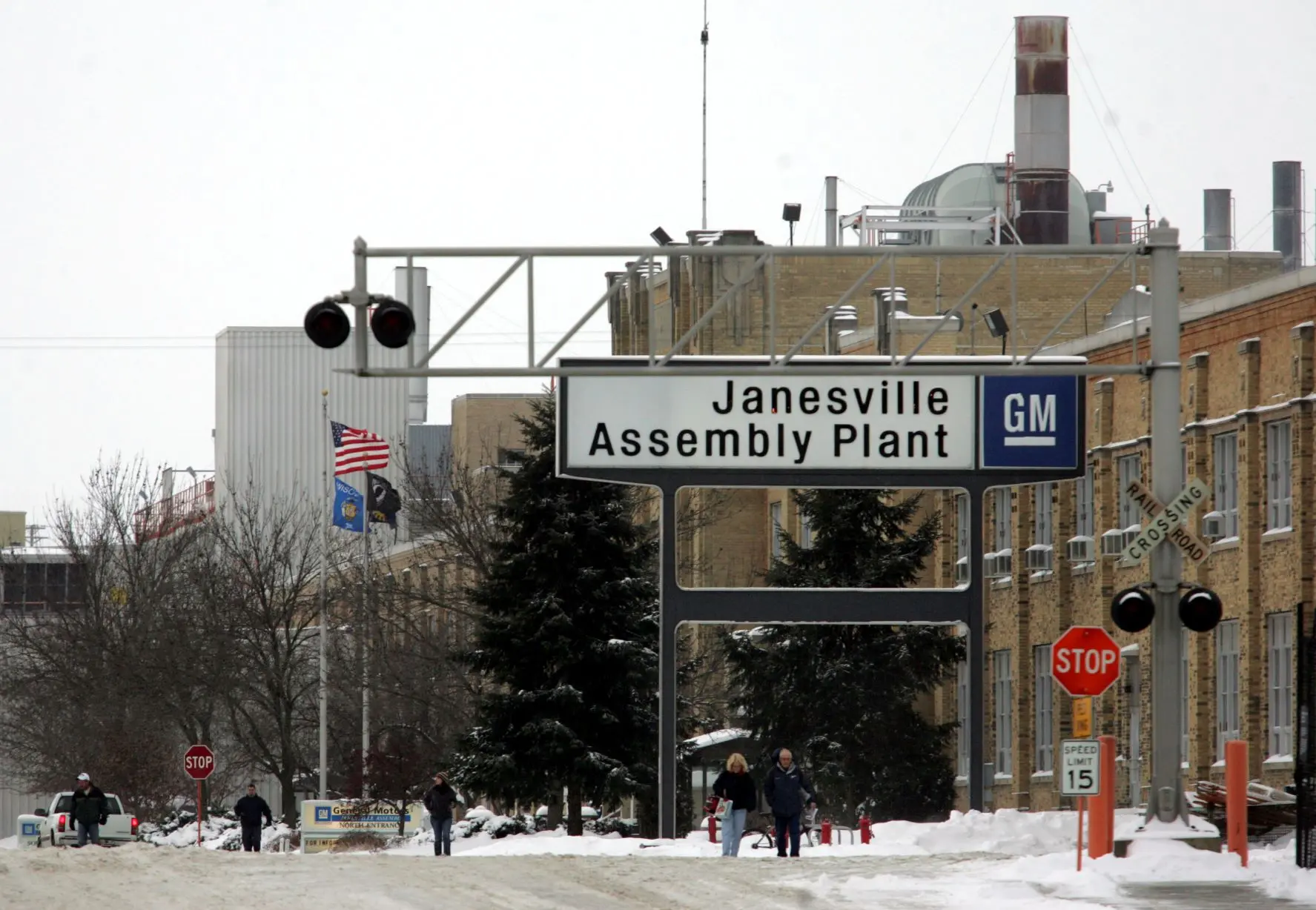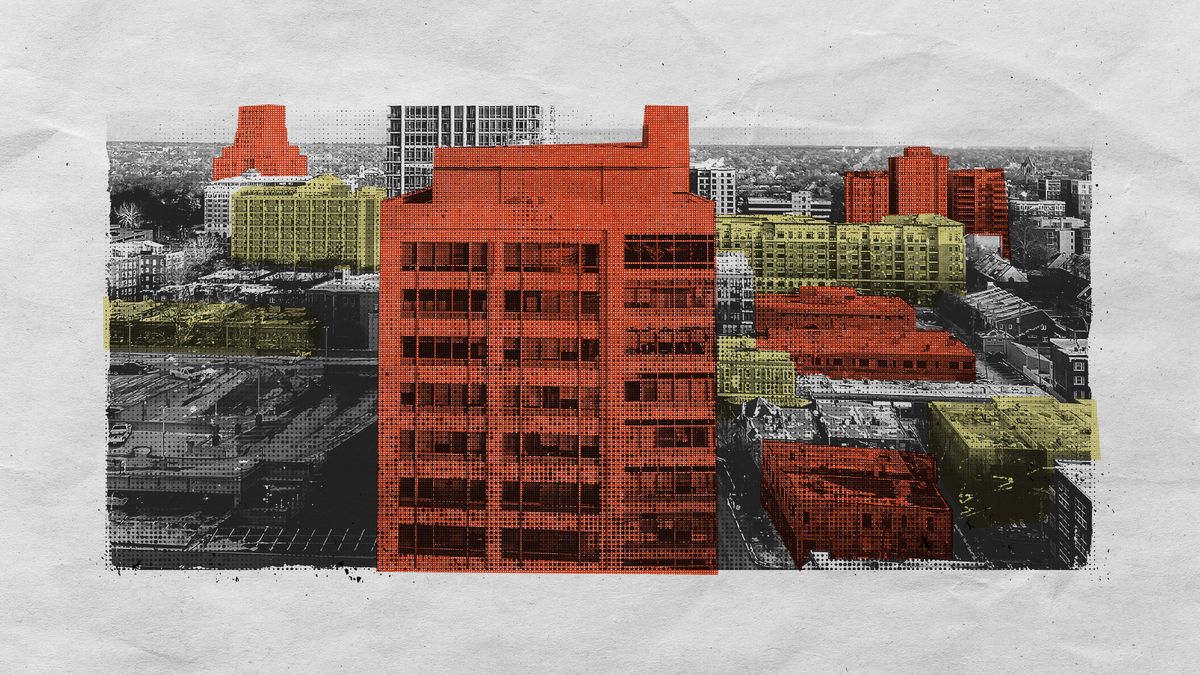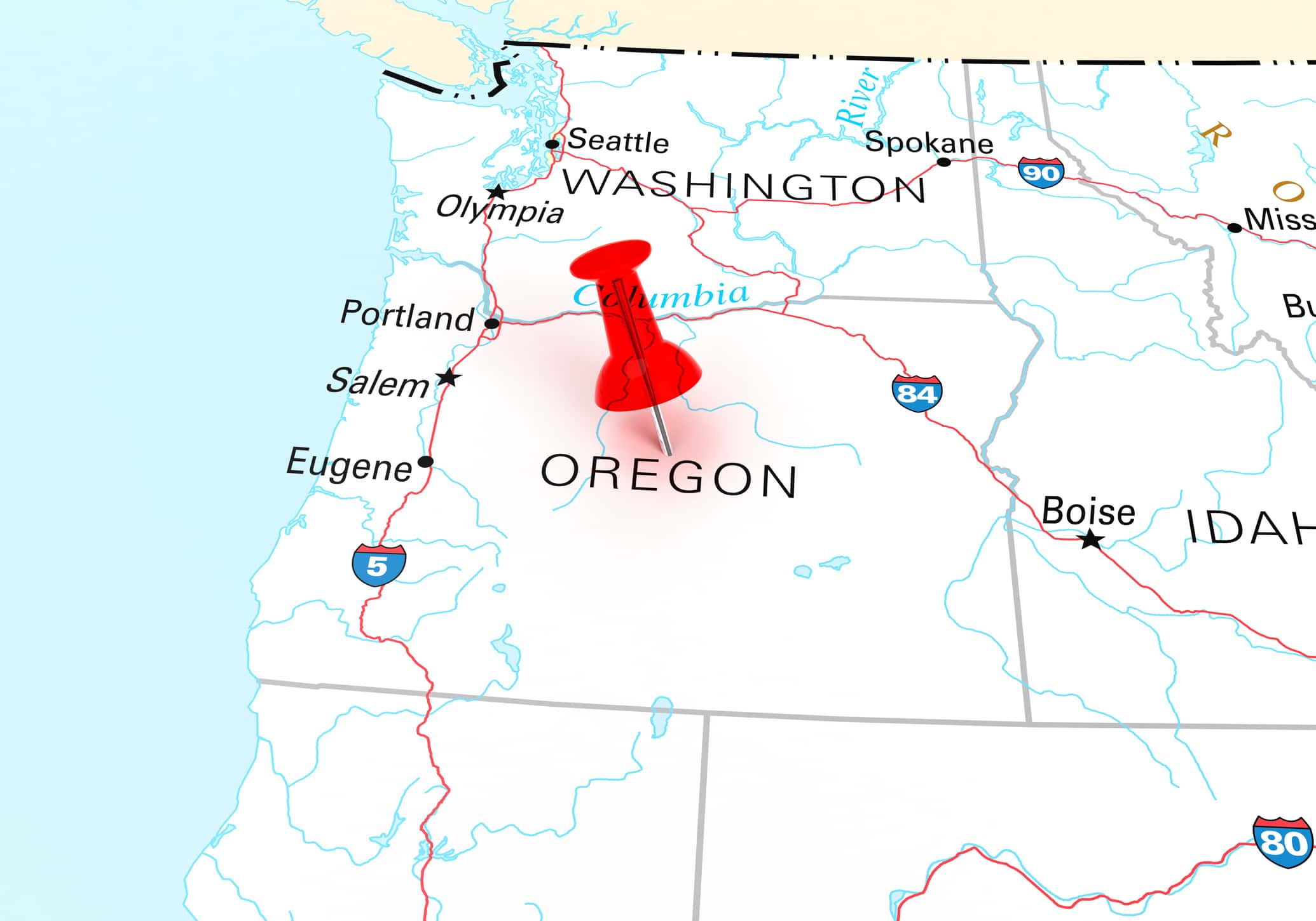











San Francisco's downtown area has experienced a decline in tax revenues and an increase in social issues due to the remote work trend [25e39e37]. The monofunctional nature of downtown areas in the United States has made it challenging to repurpose them. However, experts suggest transforming downtown areas into vibrant neighborhoods that cater to the needs of residents. This could involve converting office buildings into high-density residential dwellings and creating appealing public spaces. The size and design of existing downtown buildings present a challenge in implementing these transformations [25e39e37].
In an effort to revive downtown San Francisco, the city has implemented the Vacant to Vibrant program, which aims to fill empty storefronts with pop-up businesses [91d17346]. Last fall, 17 businesses were chosen to occupy nine storefront spaces, and seven of them have extended their leases and are now paying rent. In May, 11 businesses were selected for the program's second cohort. The program provides free rent for up to six months, as well as other funding for business expenses and incentives like technical and business permit assistance. The hope is that these pop-up operations will pay rent and sign longer leases after the free-rent period is over, and that their presence will regenerate foot traffic in the area [91d17346].
San Francisco's office vacancy rate hit a record high of 33.7% in Q2 2024, highlighting the need for initiatives like Vacant to Vibrant [91d17346]. The program has received financial support from private businesses, including a $1 million contribution from Wells Fargo. Additionally, the city is directing nearly $2 million toward a similar pop-up program to help businesses occupy larger empty spaces along Powell Street in the Union Square area [91d17346].
To address the decline of downtown areas and small towns, it is crucial to consider innovative approaches to urban planning and community development. This includes repurposing existing spaces to meet the changing needs of residents and creating appealing public spaces that foster a sense of community. It is also important for government officials to provide support and resources to these areas to facilitate their recovery and attract new residents. By revitalizing downtown areas and small towns, we can create vibrant and thriving communities that contribute to the overall well-being of the region [25e39e37], [e7738108], [8107a6c7], [429cf4b1], [9f5d9285], [6eac69b3], [91d17346].
Cities need to diversify their downtowns and embrace their historic role as centers of enterprise and innovation. The post-pandemic economy has made working from home a structural feature, so cities must go beyond converting office space for residential purposes. They should link downtown revival with the mega-trends and federal spending reshaping the US economy, such as reshoring of production, decarbonization, and investments in climate, defense, manufacturing, and infrastructure. Downtowns can become platforms for innovative universities, health-care facilities, industrial companies, research centers, startups, and scale-ups. Examples include Newark's HAX incubator, Chicago's Fulton Labs, Syracuse's HII engineering facility, and Dayton's Infinity Labs. Federal and state infrastructure investments can enable mixed-use innovation campuses by reconfiguring freeways and leveraging underutilized publicly owned parcels. Federal leadership is crucial to scaling these efforts [f0b75862].
Leaders in the Donalsonville area are urging business owners to take advantage of tax credits before they expire. In January 2021, the city of Donalsonville received the rural zone designation, which is set to expire in 2026. The designation is part of a statewide initiative to boost the economies of qualifying rural downtown areas. Business owners located in downtown Donalsonville could qualify for tax credits, and the chamber of commerce is reaching out to them to inform them about the opportunity. To qualify for tax credits, business owners need to be located in specific downtown areas, create at least two full-time jobs, and rehabilitate their building in some way. Some business owners may also qualify for other grants, such as rehabilitation tax credits or investment tax credits. The goal is to boost the town's economy and make it a better place to live. Business owners are encouraged to reach out to the local chamber of commerce for more information [440d4f42].
TED Radio Hour shares stories about bringing new life to abandoned places. The speakers discuss topics such as animals evolving to survive as humans change the planet, building a circular economy by reusing materials, Detroit remaking itself by transforming vacant lots into green spaces, and the impact of melting ice on polar bears. The episodes feature speakers like Manoush Zomorodi, James Delahoussaye, Sanaz Meshkinpour, Rachel Faulkner White, and Matthew Cloutier [1be5eb43].
The article 'Back to Janesville' explores the economic recovery and challenges faced by Janesville, a small Wisconsin city that lost its General Motors assembly plant during the Great Recession. The city has experienced a diversification of its economy and a decrease in unemployment since the plant closure. However, the vacant GM site remains a symbol of the difficulties in finding new uses for abandoned auto plants. The article discusses the disputes over pollution standards and the future of the site, as well as the city's aspirations for redevelopment with the help of federal funding. The author reflects on the lessons that Janesville can teach about the U.S. economy and the impact of industrial decline on communities [2e21b971].
A recent study measured business closings and openings in Central Square between 2013 and 2023 to understand commercial gentrification. Businesses were categorized by size: independent, local, regional, national, and international chains. As land values rise, larger and more corporate businesses are likely to replace independent businesses. Size is generally a good indicator of a business' relationship to the local community. Independent businesses are more likely to hire locally, use local suppliers, and spend their profits locally. They provide a sense of continuity, cultural identity, and serve long-standing residents' social and economic needs. The loss of independent businesses can threaten a neighborhood's identity. The complete absence of chains can be seen as an indicator of disinvestment. Larger stores have larger supply chains, which cut out local suppliers and local economic benefits. Food and general consumption are highly connected to gentrification. Cambridge City Council and the City of Somerville have implemented zoning restrictions and incentives to support small businesses and mitigate gentrification. Innovative solutions, such as master lease options and community-land-trust models, are being considered. Protecting small, local independent businesses is crucial to retaining cultural identity and keeping money spent in the area circulating in the area [cef80292].